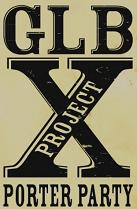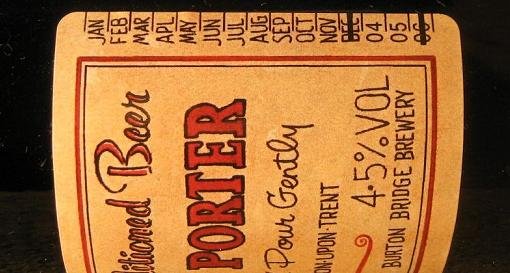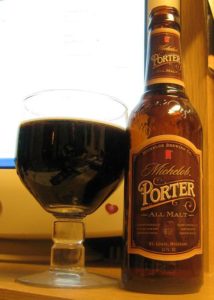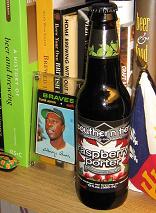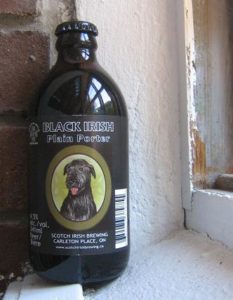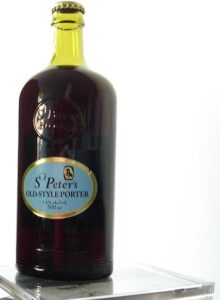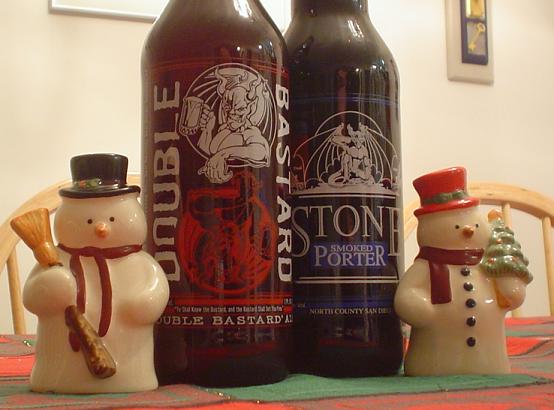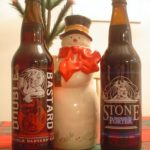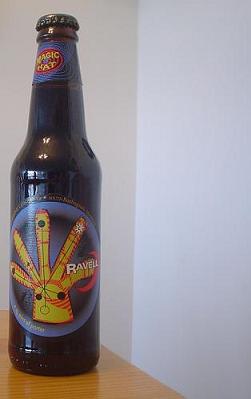 I had such high hopes for this post, comparing four of the brews in the South Burlington Vermont’s Magic Hat Winter mixed 12 pack. Then the holidays hit, then the guests arrived, then the defence of the bottles began. Right now I have maybe 30 singles of beer stuck away for later comment at a measured pace. Enough to get me into February easy – as long as I can keep the hands of others off of them. Eleven of the Magic Hats were sacrificed to that cause. All except one of their porters named Ravell.
I had such high hopes for this post, comparing four of the brews in the South Burlington Vermont’s Magic Hat Winter mixed 12 pack. Then the holidays hit, then the guests arrived, then the defence of the bottles began. Right now I have maybe 30 singles of beer stuck away for later comment at a measured pace. Enough to get me into February easy – as long as I can keep the hands of others off of them. Eleven of the Magic Hats were sacrificed to that cause. All except one of their porters named Ravell.
Porter has become one of my favorite styles, if only due to the uncertainly brewers have facing the problem of what it is supposed to taste like. Porter was one of the earliest industrial products and led to a capacity war from say 1790s to 1820s London which had a great effect on mass production of other goods as well as the local production of beer. By the mid-1800s, it had been replaced by other beers due to two discoveries – lagering and true pale malting. As always, when technologies change, tastes shift and the demand for this dark and sharp style faded to be replaced for a while by mild in England, followed by pale ales and then by the ubiquitous industrial lager-pop most drink today.

Due to the trade secrecy surrounding brewing, there is not a great deal of information about what porter actually tasted like in its heyday. Was the yeast sour or mellow? Were the hops or roast malt more pronounced? Approaching opening a porter like Magic Hat’s Ravell, then, is all about paying attention to what the particular brewer considered the answer to those questions were. The beer pours brown rather than black like an oatmeal stout or deep garnet like Guinness. Its head resolves to a thinish beige foam. The taste is definitely built around a soft water profile. One of the things that makes a local beer local is the expression of the water table’s mineral count. Dublin is chalky soft, Plzen is neutral and Burton-on-Trent is incredibly hard.
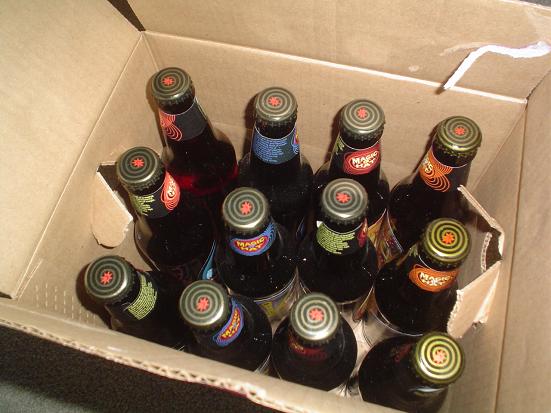
From my recollection of the others in the 12 pack, Magic Hat is a largely soft brewing firm. [Sleeman, by comparison, is a fairly hard brewing firm.] The yeast of the Ravell, sour and fruity, is in the front of the palate, framed by chocolate malt and then some hop bitterness. I would not call this a balanced or rich example of a porter but originally porters from what we know were not round and balanced. They should not be confused with nut brown ales anymore than with oatmeal stouts. They were from an era that saw brewing and storage occur in wood and that would impart sourness like we see today in many Belgian brews. Here are the stats on the brew from Magic Hat:
Our Odd Porter. A porter brewed with whole vanilla beans. Available whenever young William and father John deem it so.
Yeast: English Ale.
Malts: Pale, Crystal & Chocolate.
Hops: Warrior & Fuggles
Alcohol by Volume: 5.60%
Original Gravity: 1.056
Bitterness Units: 22
SRM: 63.6
The vanilla bean note is evident once noted but really creates as many issues as it resolves. It lies under the chocolate and hops bitterness and may feed the impression that the yeast is fruity. It is not, however, an overwhelmingly vanilla-esque ale. The effect is somewhat like the use of licorice in other dark ales, as in the Sinebrychoff Porter from Finland reviewed a few weeks ago. One beer advocatonian says it is too thin, which is fair comment.
Not the first porter I would grab but certainly worth discussing.
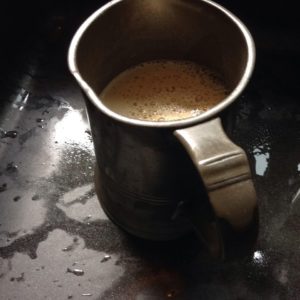 oak and Bailey have posted about Ron‘s stock ale brewed with Goose Island, Brewery Yard. I asked which malt was used in the comments and learned it was Maris Otter, a variety introduced later than the era being emulated. Which is normal as very little older malt is actually available.
oak and Bailey have posted about Ron‘s stock ale brewed with Goose Island, Brewery Yard. I asked which malt was used in the comments and learned it was Maris Otter, a variety introduced later than the era being emulated. Which is normal as very little older malt is actually available.
